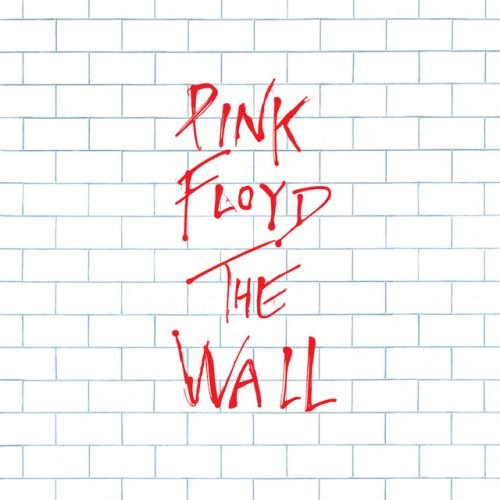“The Wall,” released in 1979, stands as one of Pink Floyd’s most ambitious and psychologically intense projects, marking a profound chapter in the band’s storied discography. This double album emerges not merely as a continuation of Pink Floyd’s progressive rock legacy but as a deep dive into more theatrical and narrative-driven waters. Coming after the experimental and critically acclaimed “Animals” (1977), “The Wall” illustrates a distinct evolution—or perhaps, a haunting culmination—of the band’s thematic exploration of alienation, war, and loss.
Artistic Intentions
The artistic intentions behind “The Wall” are intensely personal, primarily driven by Roger Waters, the band’s bassist and primary lyricist during this period. The album is a semi-autobiographical account that draws heavily from Waters’ own experiences, including the death of his father in World War II and his fraught relationship with fame and isolation. This concept album unfolds like a rock opera, telling the story of Pink, a rock star who, much like Waters, becomes increasingly disillusioned with the world around him. Through this narrative, the album scrutinizes the walls people build around themselves, a metaphor for psychological isolation and decay.
Pink Floyd’s aim with “The Wall” was to craft not just a set of songs but a coherent story that could resonate on a deeply emotional level, reflecting the isolation felt by individuals in contemporary society. This vision was brought to life with elaborate live shows that featured theatrical elements such as giant marionettes and a literal wall built on stage, encapsulating the band’s shift towards a more immersive and visually engaging performance style.
Sonic Exploration
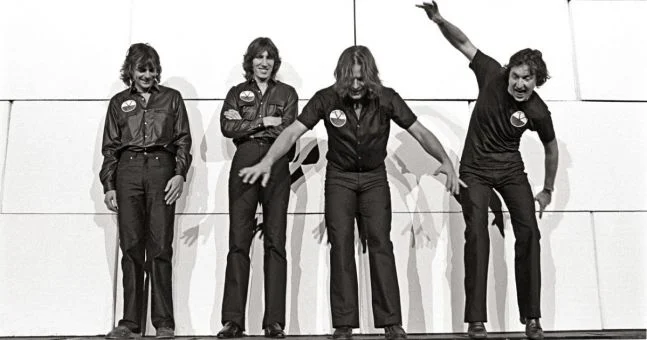
Produced by Bob Ezrin along with band members David Gilmour and Roger Waters, “The Wall” features an immaculate production quality that remains a hallmark of Pink Floyd’s work. The album is characterized by its clean and layered sound, which is both expansive and meticulous. This clarity is essential, not only for navigating the complex arrangements and themes but also for emphasizing the dramatic contrasts in the musical narrative. Far from adopting a lo-fi approach, the crisp production allows each element—from the subtlest sound effects to the grand orchestral passages—to serve the album’s overarching sense of psychological exploration and isolation.
Musical Arrangements
The arrangements on “The Wall” are a testament to Pink Floyd’s mastery in blending rock with elements of opera and orchestral music, creating a soundscape that is as theatrically compelling as it is musically innovative. One of the most striking features is the use of recurring motifs, such as the children’s choir in “Another Brick in the Wall, Part 2,” which contrasts chillingly with the darker, more oppressive themes of indoctrination and control. Gilmour’s guitar work is as expressive as ever, weaving through the album with both fiery intensity and haunting subtlety, perfectly complementing Waters’ poignant lyrical delivery and the dramatic shifts in mood.
Notably, the album also makes extensive use of synthesizers and sound effects to heighten the emotional landscape. The helicopter sounds in “The Happiest Days of Our Lives” and the television changing channels in “Nobody Home” are examples of how sound effects are used not just for texture, but as integral elements of the storytelling.
Genre Elements
“The Wall” deftly incorporates a range of musical styles, from rock and blues to progressive and psychedelic rock, all while flirting with operatic passages and theatrical flair. This genre-blending is executed in a way that enhances the narrative structure of the album, using each style to reflect different aspects of Pink’s journey. For instance, the descent into madness in “Comfortably Numb” is underscored by a hauntingly beautiful guitar solo that bridges progressive rock and blues, highlighting the protagonist’s isolation and despair.
Lyrical Analysis
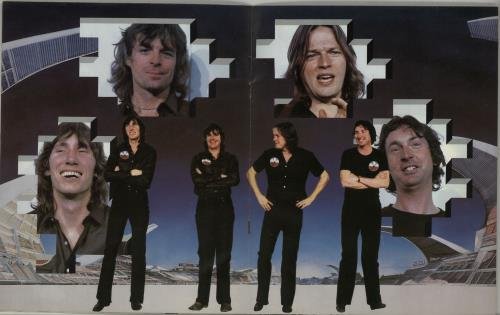
The central themes of “The Wall” are isolation, mental decay, and the critique of societal structures that contribute to personal alienation. These themes are woven intricately into the album’s lyrics, exploring the protagonist, Pink’s, psychological and emotional barriers that literalize into a metaphorical wall. The album traces Pink’s life from the loss of his father in “Another Brick in the Wall, Part 1” to his subsequent struggles with broken relationships and the pressures of fame, as depicted in tracks like “Don’t Leave Me Now” and “Comfortably Numb.”
Recurring motifs such as walls and bricks symbolize emotional barriers and the construction of a persona that isolates Pink from the world and himself. The lyrics frequently reference war and education, critiquing these as mechanisms of societal control, exemplified in “Another Brick in the Wall, Part 2” with its infamous line, “We don’t need no education,” which challenges authoritarian coercion in schooling.
Lyrical Depth
Roger Waters’ lyrics on “The Wall” are renowned for their complexity and poetic depth. While many songs tell specific parts of Pink’s story in a straightforward manner, others are richly abstract, leaving ample room for listener interpretation. For instance, “Comfortably Numb” presents a surreal and introspective look at disconnection and escapism, mixing concrete imagery with vague, dream-like references. The poetic nature of the lyrics allows them to resonate on multiple levels, from personal empathy to broader social commentary, making “The Wall” a multi-dimensional exploration of human emotion and societal critique.
Emotional Impact
The emotional impact of the lyrics is profound, stirring a spectrum of responses from empathy and sadness to contemplation and alienation. Songs like “Mother” and “Hey You” directly address the listener with a conversational tone that bridges intimate personal dialogue and universal existential questioning. This dual approach helps listeners connect deeply with Pink’s journey and, by extension, examine their own psychological and emotional walls.
Cohesion and Flow
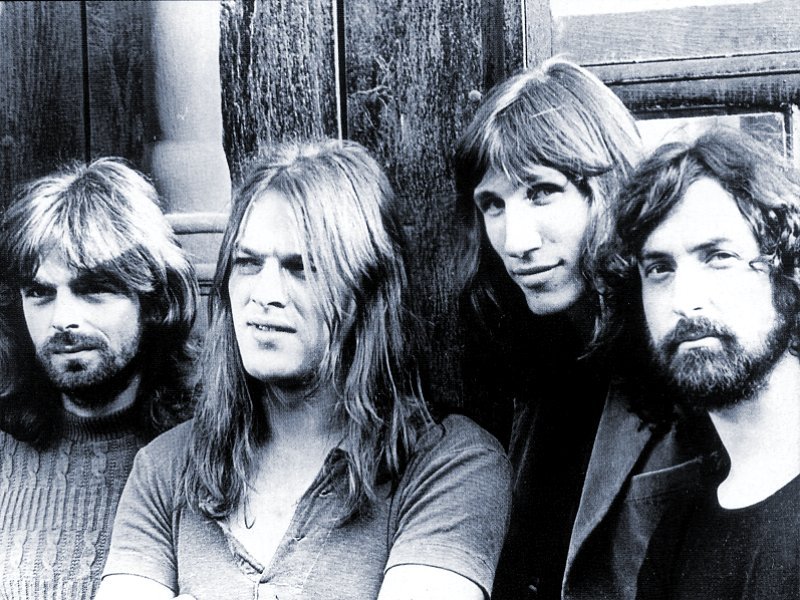
“The Wall” is exemplary in its narrative cohesion and emotional progression, with each track meticulously crafted to flow into the next, building upon the story of Pink’s gradual descent into isolation and madness. The album begins with the subdued foreboding of “In the Flesh?” which sets the stage for the narrative and thematic exploration that follows. As the album progresses, each track serves as a narrative chapter in Pink’s life, from the starkly personal reflections in “The Thin Ice” to the climactic breakdown in “The Trial.”
The seamless transitions between tracks are underscored by recurring musical and lyrical motifs, ensuring a continuous and immersive listening experience. For example, the transition from “Another Brick in the Wall, Part 1” into “The Happiest Days of Our Lives” features a gradually intensifying helicopter sound effect that enhances the thematic tension and connects the pieces both sonically and narratively.
Thematic Consistency
Throughout “The Wall,” Pink Floyd maintains a high level of thematic consistency, both lyrically and musically. The themes of alienation, war, and the psychological impacts of fame are explored consistently, with each track contributing to the overarching narrative. The emotional tone of the album is also remarkably cohesive, with the music and lyrics capturing a sense of increasing claustrophobia and despair as Pink’s mental wall becomes more impermeable.
Despite its broad scope and the variety of musical styles it encompasses, the album avoids jarring shifts, thanks to careful composition and thematic binding. Even tracks that might initially seem musically divergent, such as the disco-infused beat of “Another Brick in the Wall, Part 2,” integrate well into the album due to their lyrical relevance and narrative positioning.
Standout Tracks and Moments
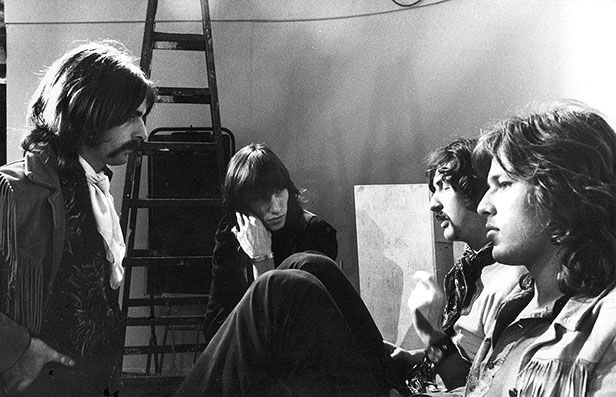
Key Tracks
“Another Brick in the Wall, Part 2” is perhaps the most iconic track of the album, known for its compelling blend of disco and rock elements and its memorable chorus sung by a children’s choir. The song’s critique of rigid educational systems and its catchy, defiant refrain, “We don’t need no education,” make it a powerful anthem of rebellion and isolation.
“Comfortably Numb” stands out for its poignant lyrics and one of the most celebrated guitar solos in rock history. The track features a haunting exchange between a subdued, numb character and a trying-to-help outside voice, encapsulating the theme of mental isolation and disconnection that is central to the album.
“Hey You” is a beautifully desperate call for connection that showcases Roger Waters’ and David Gilmour’s vocal interplay, set against a backdrop of intricate guitar work and a palpable sense of longing and despair.
Memorable Moments
The transition from “Goodbye Blue Sky” into “Empty Spaces” offers a chilling moment where the somber reflection on war and loss shifts into a growing sense of emptiness and alienation, highlighted by the subtle yet powerful use of acoustic and electronic elements.
In “Comfortably Numb,” David Gilmour’s second guitar solo is a masterclass in musical expression, capturing a spectrum of emotion from pain to a soaring, almost ethereal lift. This solo not only serves as a high point of the track but of the entire album, exemplifying the theme of isolation through its intense and enveloping sound.
The chilling climax in “The Trial” where the metaphorical wall is ordered to be torn down, accompanied by a dramatic orchestration and a cacophony of voices, powerfully concludes the narrative arc. This moment is both a theatrical peak and a profound commentary on the destruction and liberation from mental barriers.
These tracks and moments are integral to “The Wall,” each contributing to its rich tapestry of sounds and stories. They not only highlight Pink Floyd’s innovative spirit and musical prowess but also deepen the listener’s engagement with the album’s complex themes and emotional journey.
Artistic Contribution and Innovation
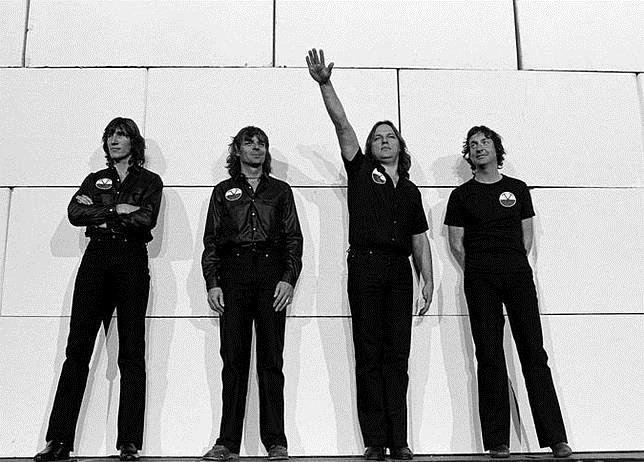
Place in Genre/Industry: “The Wall” occupies a monumental place in the pantheon of rock music, particularly within the progressive rock genre. Released at a time when punk was reshaping the musical landscape with its raw simplicity, Pink Floyd took a diametrically opposite approach with an album that epitomized the complexity and conceptual ambition of prog rock. “The Wall” not only pushed boundaries within its genre by incorporating elements of opera and theatre but also challenged the music industry’s norms regarding album production and live performances. It stands as a testament to the band’s visionary approach, bridging the gap between music, storytelling, and performance art in ways that few albums before or since have managed.
Innovation
Narrative Structure: The album’s use of a continuous, overarching narrative that follows a single protagonist was a pioneering approach to album writing. This rock opera format, with its clear beginning, middle, and end, allowed for a deeper emotional connection and a more immersive experience for the listener.
Stage Production: The live performances of “The Wall” were groundbreaking. The band constructed an actual wall between themselves and the audience during concerts, which was gradually built up across the show and then torn down, visually and symbolically representing the album’s themes. This level of theatrical production was unprecedented in rock concerts at the time and set a new standard for live musical performances.
Musical Integration: The integration of classical music elements, complete with a full orchestra and choir, alongside traditional rock instruments and synthesizers, showcased an ambitious blending of genres that was innovative for its time. The orchestral arrangements, especially in tracks like “The Trial,” provided a dramatic flair that enhanced the narrative and emotional weight of the album.
Sound Design: The use of sound effects and voiceovers throughout the album added layers of meaning and atmosphere, contributing to its cinematic feel. These elements, from the sound of a helicopter to snippets of TV shows and conversations, were meticulously woven into the music to enhance the storytelling.
Closing Thoughts
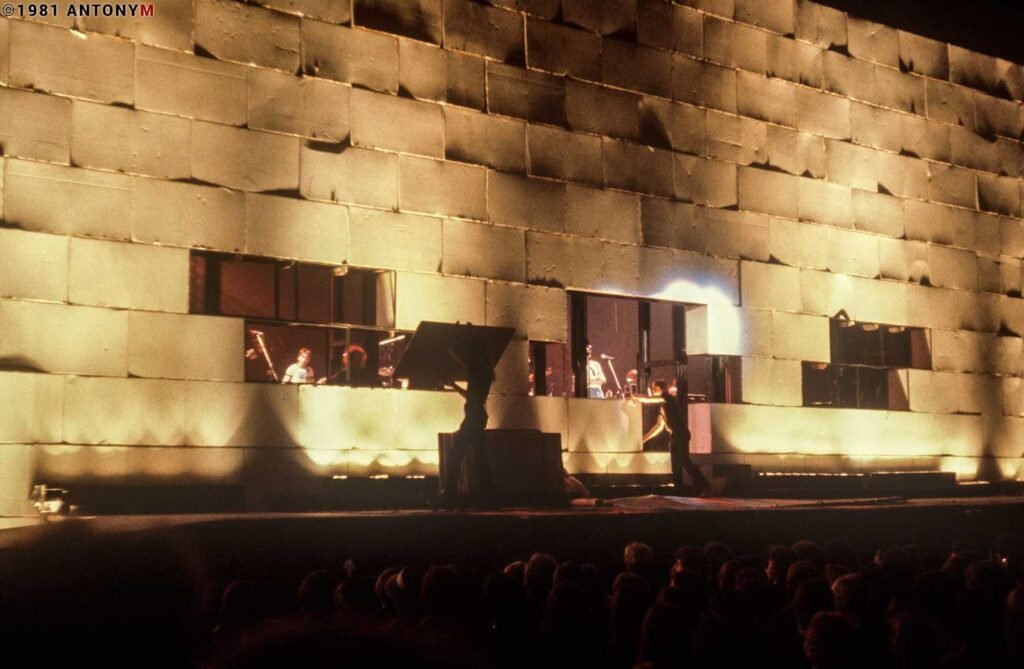
“The Wall” stands as a towering achievement in Pink Floyd’s discography and in rock music at large, characterized by its profound thematic depth, innovative production, and groundbreaking live performances. Its strengths are manifold, from the compelling narrative structure and the emotional resonance of its lyrics to the masterful musical arrangements and high production values. The album seamlessly blends rock, opera, and orchestral elements, creating a rich and immersive listening experience that has resonated with generations of listeners.
However, “The Wall” is not without its criticisms. Some might argue that the album’s elaborate concept and heavy thematic content could be perceived as overly ambitious or self-indulgent. The complexity and length of the album might also be daunting for some listeners, potentially overshadowing the accessibility found in earlier works like “The Dark Side of the Moon.”
Official Rating: Despite these considerations, “The Wall” merits a perfect score of 10 out of 10. This rating reflects not only the album’s artistic and technical achievements but also its enduring impact on music and culture. “The Wall” is more than just an album; it’s a profound exploration of human emotion, isolation, and resistance. It pushes the boundaries of what rock music can achieve in terms of narrative and thematic exploration and has set new standards in the blending of music and theatricality.
